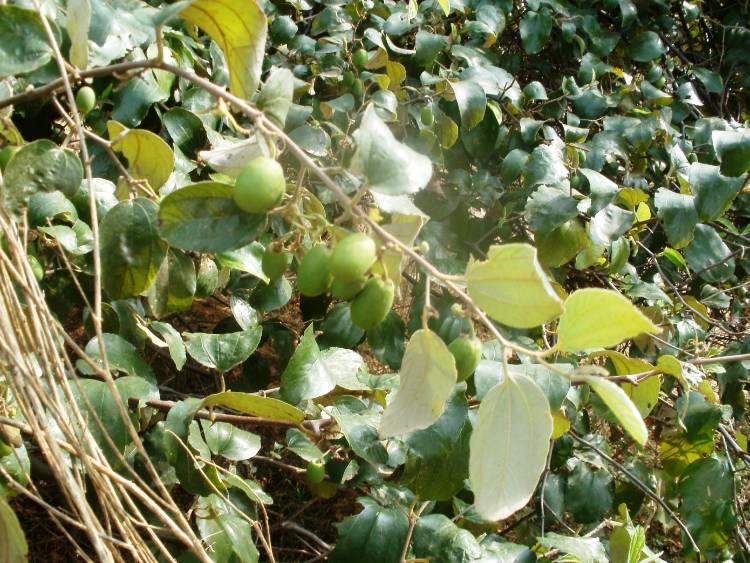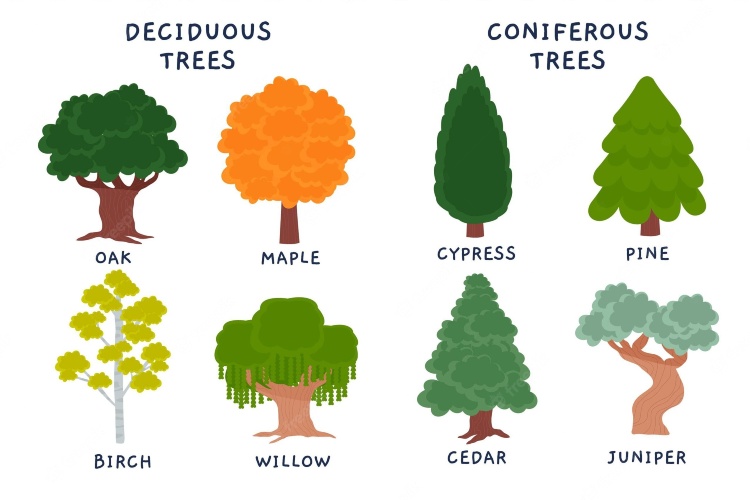|
Getting your Trinity Audio player ready...
|
Khejri is one of India’s most common tree species (in the arid regions of Rajasthan, Delhi, Gujarat, Punjab, and Madhya Pradesh), Afghanistan, Iran, and Pakistan. It is essential in maintaining the ecosystem of arid and semi-arid zones, mainly in the Thar Desert. The tree is drought resistant and tolerates extreme temperatures from 40–45 0 C in summer to minus 10 0 C in winter. It can grow in areas with rainfall ranging from 100 to 600 mm. Moreover, the tree can withstand the hottest winds and driest season, staying alive where other plants cannot.
The tree is closely related to the history of Jaipur. During royal days, the king worshiped the Khejri tree on Dussehra Day at Dussehra Kothi in Jaipur. The rulers of Jaipur were Kacchawa Rajputs, descendants of Lord Ram. It is believed that before the final battle with the king of Lanka, Ravana, Lord Ram worshiped a Khejri tree. In this battle, Lord Ram killed Ravana. Dussehra is one of the festivals leading up to Diwali and celebrates the victory of Lord Ram. However, this tradition of worshiping the Khejri tree in Jaipur royalty continues in a modified and reduced form. Khejri tree also named as “ghaf” tree
Khejri Tree Scientific Name: Prosopis Cineraria.
Scientific Classification of Khejri Tree
| Classification Type | Classification Status |
|---|---|
| Kingdom | Plantae |
| Clade | Tracheophytes, Angiosperms, Eudicots, Rosids, Mimosoid clade |
| Order | Fabales |
| Family | Fabaceae |
| Subfamily | Caesalpinioideae |
| Genus | Prosopis |
| Species | P. cineraria |
Know about Khejri Tree Fruit (Prosopis Cineraria Fruit)

The Khejri tree’s fruit is eaten in sangria, mixed with the fruits of “kair,” another dominant vegetation in the desert region. It is high in protein, and dry sangria is sold for Rs. 300-400 kg. The fruit appears between May and July in the form of a slender pod with a 7 to 20-cm stem. Initially, it is green and later changes to a shade of brown. The dead leaves of the tree are a natural fertilizer. Other parts are fed to cattle as milk production increases.
About Khejri Tree Leaves (Prosopis Cineraria Leaves)

Khejri Tree leaves are used as cattle fodder; hence, the tree is seen in a pruned state. A single tree provides around 60 kg of fodder per year. Pruning is also done to encourage tree growth early in the winter season. It sheds its leaves in the month of January, and new ones appear in February and March.
7 Uses of Khejri Tree (Prosopis Cineraria Uses)

- It is logical to wonder what the Khejri tree is good for. The Khejri tree once played an essential role in the economy of villages and rural areas.
- The leaves are used as cattle fodder; therefore, the tree is observed in a pruned state. A single tree provides around 60 kg of fodder per year. Pruning is also done to encourage tree growth early in the winter season.
- Apart from that, the leaves are also an excellent fertilizer.
- The tree’s wood is used as firewood to prepare food.
- Some records indicate that Khejri bark was used as flour during the Rajputana famine of 1869. In addition, it is used in Ayurveda to treat asthma.
- The flowers of this tree are eaten with sugar by pregnant women.
- Farmers are happy to have this tree in the field because its root enriches the soil, which helps increase crop yield.
5 Khejri Tree Benefits (Prosopis Cineraria Benefits)

- The hardy tree requires less maintenance, which is why it is easy to see in the Thar Desert. It can survive in extremely hot and cold conditions, with a temperature range of 5 to 47 °C.
- The tree is known for its ability to bind the soil. Its roots can reach a considerable depth in search of water sources.
- The Khejri tree is found in areas that receive less than 75-80 cm of rainfall annually. This is one of the secrets of their survival in the hot and harsh climate. According to a 2015 Central Arid Zone Research Institute report, the Khejri tree is gradually losing ground. The area covered by this tree has been greatly reduced. It is said that this tree was found in Punjab in the past. But with the greater availability of water, the scenario has changed.
- It is unlikely to be found where annual rainfall exceeds 100 cm. Various reasons are given against this phenomenon, but these are only theories. We don’t know the exact cause yet. New water sources and the availability of modern fertilizers have brought about changes meant to affect ancient ways. Even then, an essential landscape in Rajasthan was covered by the Khejri tree.
- Khejri tree takes a long time to grow, and the situation is unlikely to change if we don’t plant a lot more trees now. The Central Arid Zone Research Institute (CAZRI) in Jodhpur is researching the Khejri tree.
In this blog, I have explained the Khejri tree, its benefits, and its uses. Let us comment if you have a query related to this.
Don’t Miss: Deciduous & Coniferous Trees | Definition, Description, & Types



